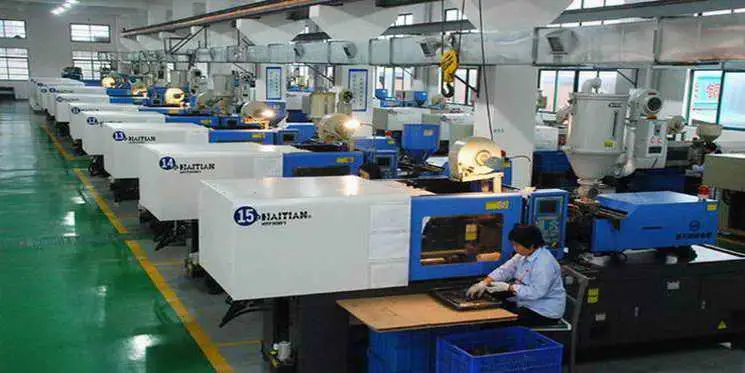What is a lubricant, what is its mechanism of action, and how should it be selected?
Lubricant is a substance that can improve the fluidity of polymer molding processing. Resin melt typically has a high viscosity, and during molding, the melt must enter the mold cavity through the nozzle, gate, and runner in an extremely short time. To ensure the melt can smoothly fill the mold cavity in such a brief period, reducing the melt's viscosity and improving its flow properties is crucial. This is the role of adding a lubricant. Additionally, lubricants can facilitate melting, ease demolding, prevent static electricity, and prevent adhesion.
(1) Mechanism of Lubricant Action Lubricants can provide a lubricating effect because their addition reduces friction in the plastic melt. This friction is divided into two types: internal and external friction. Correspondingly, there are internal and external lubricants.
The primary function of external lubricants is to improve the friction conditions between polymer melt and hot metal surfaces of equipment, making demolding easier. They have poor compatibility with polymers and are prone to migrating outward. During the molding process, they can form a very thin isolation film between the melt and the mold, preventing the plastic from sticking to the mold surface.
Internal lubricants have good compatibility with polymers. They act within the polymer to reduce intermolecular cohesive forces, thereby improving internal friction heat generation and melt flowability. The bonding between internal lubricants and polymer long-chain molecules is weak. They may produce an effect similar to roller bearings, able to align themselves in the melt flow direction and slide past each other, thus reducing internal friction - this is the mechanism of internal lubrication.
(2) Lubricant Usage There are numerous types of lubricants. Common external lubricants include paraffin, stearic acid, and its salts. Internal lubricants include relatively low molecular weight PE, PTFE, and PP. These low molecular weight polymers are not only excellent internal lubricants but also good external lubricants. Sometimes, the effect of a single lubricant is unsatisfactory, necessitating the use of multiple lubricants. This has led to the development of composite lubricants that can provide multiple functions with improved effectiveness. Lubricant dosage is generally 0.5% to 1%.
When selecting lubricants, the following principles should be followed:
If the polymer's fluidity already meets processing requirements, focus primarily on whether external lubrication satisfies process requirements and facilitates demolding to ensure internal-external balance.
The effectiveness of external lubrication should be judged by its ability to form a complete liquid film on the plastic surface during molding. Therefore, the melting point of external lubricants should be close to the molding temperature, with a 10-30°C difference to form a complete thin film.
Moderate compatibility with polymers, balanced internal and external lubrication, no frosting, and easy to clean.
Excellent heat resistance and chemical stability, without decomposition, volatilization, or corrosion during processing, without contaminating the product, and non-toxic.






